Bulk Commodities / Minerals

Zircon
Zircon is a naturally occurring mineral that is found in a variety of geological environments. It is typically a transparent or translucent, pale yellow to pale brown mineral with a vitreous luster. Zircon is known for its high refractive index and dispersion, which makes it useful in a variety of industrial applications.
In addition to its use in ceramics, zircon is also used in the production of refractories, which are materials that are resistant to high temperatures and wear. Zircon is also used in the production of zirconia, a high-tech ceramic material that has a range of applications, including use in cutting tools, abrasives, and wear-resistant coatings.
Zircon has a number of properties that make it a valuable mineral in many different industries. Its low toxicity and lack of potential environmental hazard make it a preferred choice for use in food and pharmaceutical products, while its high refractive index and dispersion make it useful in a variety of industrial applications.
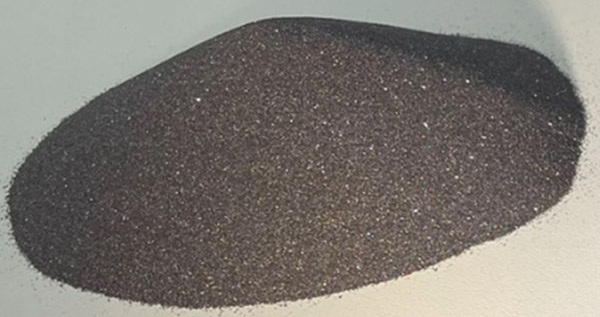
Rutile
Rutile is a major titanium ore that is used in the manufacturing of a variety of products, including titanium dioxide pigments, titanium metal, and high-tech alloys. Its light weight, high strength, and resistance to corrosion make it an ideal material for these applications. Despite its reddish color, rutile appears black to the naked eye.
More than 90% of rutile is used as a feedstock for the production of white pigments, with the remainder used for the production of titanium sponge and titanium metal. In India, rutile sand is mainly used in the welding electrode industry. Rutile ore is abundant in countries such as Australia, India, South Africa, Ukraine, and Sierra Leone, with smaller deposits found in Sri Lanka, Malaysia, Madagascar, Brazil, and Mozambique.
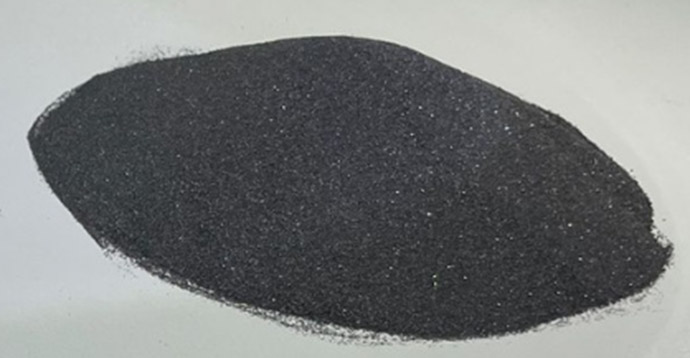
Illmenite
Ilmenite is a rare mineral that is found only in certain parts of the world. It has a wide range of uses in various industries, including the pigment and steel industries. Over 96% of the world’s Ilmenite is used in the form of titanium dioxide (TiO2), which has a variety of strategic applications.
The production capacity is currently 500,000 metric tonnes per year and is expected to increase as market conditions allow. The company produces several grades of high-quality sulphate grade Ilmenite, which are becoming increasingly popular due to their low levels of Fe203, U, Th, Cr2O3 and other impurities, as well as their good digestibility.
Illmenite is the primary ore of titanium, a metal needed to make a variety of high-performance alloys. Most of the ilmenite mined worldwide is used to manufacture titanium dioxide, TiO2, an important pigment, whiting, and polishing abrasive.
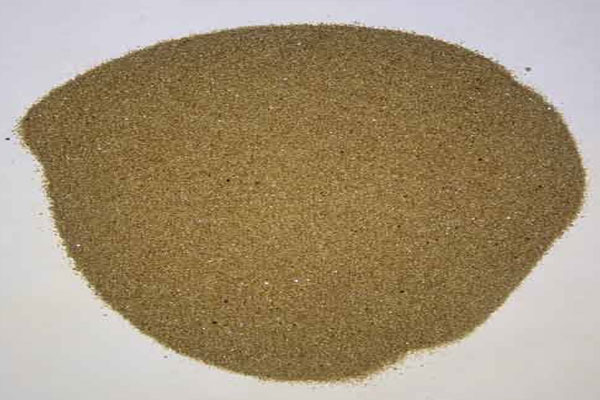
Dolomite
Dolomite is a type of limestone. It is rich in magnesium carbonate and calcium carbonate. It also contains several other minerals. Dolomite is made of 60% calcium carbonate and 40% magnesium carbonate. However, it might also contain heavy metals, such as lead.
People use dolomite as a source of calcium and magnesium, but there is no good scientific evidence to support this use. It might also be unsafe. Don't confuse dolomite with calcium or magnesium. These are not the same.
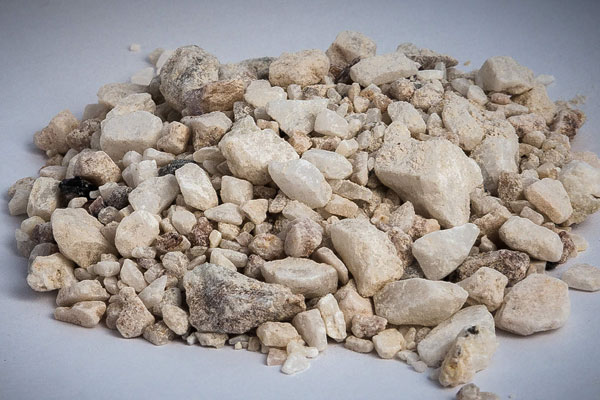
Baryte
Barite is also called Baryte or Barytes. It is a mineral which is usually white or colorless (transparent). The name Baryte is derived from the Greek word for “heavy” which is “Barys” (barus).
Barite is a non-metallic mineral made up of Barium Sulphate. The chemical formula of Barite is BaSO4.
The Greek origin of the name (Barus) which means "heavy" refers to the rather high specific gravity of Barite (specific gravity = 4.5) in-spite of being a non-metallic mineral. This unusually high specific gravity of Barite makes it a highly sought-after mineral with specialized uses in different industries as varied as Gas and Oil drilling to cosmetics manufacture.
Barite is usually white or colorless (transparent). However, variations of Barite include Grey Barite, Yellow Barite, Blue Barite, Red Barite and Brown Barite. Barite is also found as concretions in sand and sandstone. These concretions grow as barite crystallizes within the interstitial spaces between sand grains. Sometimes crystals of barite grow into interesting shapes within the sand. These structures are known as "barite roses".
The majority of barite (baryte) deposits in India are found in the Kadapa and Mangampet districts of Andhra Pradesh state in Southern India. One of the world's largest Barite (Baryte) mines is located at Kodur in Cudappah District in Andhra Pradesh, Southern India.
Uses of Barite (Barytes)
India is one of the top producers of baryte and Indian baryte is well-regarded for its various industrial uses, including as a constituent of drilling mud in the oil exploration industry. In addition to its use in the oil and gas industry, barytes is also used as a filler in plastics and rubber products, as well as in the production of paint, paper, and ceramics. It is also used in the medical industry as a contrast agent for certain medical imaging techniques. Due to its special properties like having a high specific gravity and being non metallic, Barite is in great demand in various industries:
The Oil and Gas Drilling Industry
The majority of Barite produced worldwide is used a weighting agent in drilling oils and drilling muds for oil and gas exploration. The high specific gravity and the non-metallic nature of Barite makes it ideal as a major component of these drilling mixes. The high specific gravity helps the mixes suspend and carry upwards towards the surface of the Earth the rock pieces that are broken by the drilling. While flowing back upwards, the broken rock and baryte mix also helps to reduce the heat generated by the drill.
Paint Industry
Barite is used as a filler in the manufacture of paints. It helps to regulate the thickness and the stability of the paint. Barite also makes the paint brighter. It gives uniformity to the paint's texture which in turn increases the smoothness of the finish. It is also used as a pigment for paints.
Plastics Industry
Barite helps increase stiffness and abrasive strength of plastics. Barite is therefore used extensively as a filler in the industry to create vibrantly colored plastics.
Paper Industry
Highly refined barite powder is used in the paper industry for its high levels of whiteness. Barite helps increase the area covered when used as a filler for white paperboard and coat paper.
Rubber Industry
Barite mineral of approximately less than 500 mesh is used as a filler for rubber to make the rubber waterproof. It also makes the rubber stronger, more durable, longer lasting and acid and alkali resistant.
Cosmetics Industry
Due to its non-toxic nature and rather smooth effect on human skin, Barite is used in the manufacture of several cosmetics as an alternative for titanium dioxide which is far more expensive.
Pharmaceuticals and Medical Diagnosis
A "barium meal", which uses barite, generates “reflections” of the stomach and intestines for medical analysis and diagnosis. Barite makes clinical plaster longer lasting. Since barite blocks X-rays and Gamma rays it is used as a shield in hospitals and laboratories in the form of barites bricks, barites concrete and barites cement for protection from radiation. A "barium milkshake" is administered to a patient to obtain images of the soft tissues of the esophagus. When an x-ray of the throat is taken, the barium blocks the x-rays and an image of the soft tissue is obtained.
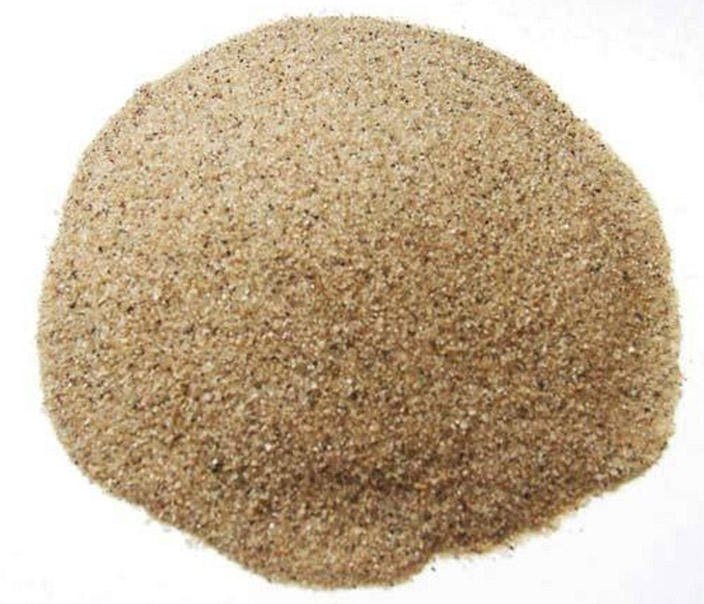
Silica Sand
Silica sand, also known as quartz sand, white sand, or industrial sand, is made up of two main elements: silica and oxygen. Specifically, silica sand is made up of silicon dioxide (SiO2).
The most common form of SiO2 is quartz – a chemically inert and relatively hard mineral. SiO2 grades at a 7 out of 10 on Mohs hardness scale, making it ideal for use as filtration media and abrasive blasting sands.
Although quartz is often white or colourless, it can come in a wide range of shades. The colour of each sand deposit depends largely on the variety of minerals and rock detritus that make up the resource. In order to be considered a silica sand the material must contain at least 95% SiO2 and less than 0.6% iron oxide. If the sand does not meet this criteria, it will qualify as what’s often called ‘regular’ sand.
How Silica sand is different from regular sand
Regular sand, also known as feldspathic sand, brown sand, or construction sand, will always contain some silica, but only in amounts less than 95%. For example, typical brown sand used for concrete applications can contain up to 80% SiO2, along with varying amounts of iron, carbonate, potassium, and other trace elements/minerals.
These "impurities" make regular sand more chemically reactive and often darker in colour when compared to silica sand. The color for non-silica sands (regular sands) can be various shades white, pink, green, and black as well – depending on the geological makeup and geographic location of the sand deposit.
What is Silica sand used for?
There are a number of different uses for silica sand in the industrial and commercial sectors, from golf courses to glassmaking. How silica sand is used depends on physical, chemical and mechanical characteristics such as grain size, shape, colour, structure, and distribution, as well as refractoriness, strength and stability. These characteristics can differ depending on how the mineral is processed after it is mined.
Golf Courses & Sports Fields
Silica sand is used for bunkers and greens on golf courses, as well as for natural and synthetic sports fields. Those sand traps you find yourself stuck in way too often when you’re playing eighteen are usually full of silica sand. It's also used to maintain greens and fairways because of its ability to support drainage and natural plant growth. For turf fields, silica sand is used as the main structural component of an uncontaminated filtration media.
Industrial Abrasives
Silica sand is commonly used as a mineral abrasive for industrial blasting. Though blasting with silica sand can create dangerous dust, exposure is easily avoided by following recommended PPE (personal protective equipment) guidelines and/or by coating the sand with solutions designed to control dust.
Water Filtration
One of the most common uses of silica sand is in water filtration, whether processing well water or filtering your tap water. Because of its uniform shape and size, silica sand is an effective filtration bed that consistently removes contaminants from water. Also, it does not degrade when exposed to acidic chemicals.
Glassmaking
Silica sand is a major ingredient in the production of glassmaking - in fact, silica is the primary component in standard glass products ranging from windows to beer bottles. The purity of the silica sand used plays a role in determining the color, strength and clarity of the final product.
Paints & Coatings
Silica sand is used in paints and coatings to improve the overall look and durability of the paint. Silica fillers improve paint’s tint reduction and dirt resistance, and because of silica sand’s oil-absorption properties it makes a durable coating that’s rich in pigment and resistant to wear and tear.
Ceramics & Refractories
Silica is an important component in the construction and glazing of all types of ceramics including tableware, floor tiles, wall tiles, and more. Silica serves as the structural backbone of ceramic products helping to regulate expansion and shrinkage, ensuring ceramics dry properly, and improving the overall durability of the ceramic items.
Construction Materials
Silica sand (often called industrial sand when used for this purpose) is the main structural component in a number of construction products. Flooring, mortars, cement, roofing shingles, asphalt, and other industrial materials all use silica to improve durability and structural integrity. As silica is resistant to weather, wear and corrosion, it is often used as a caulk or sealant.
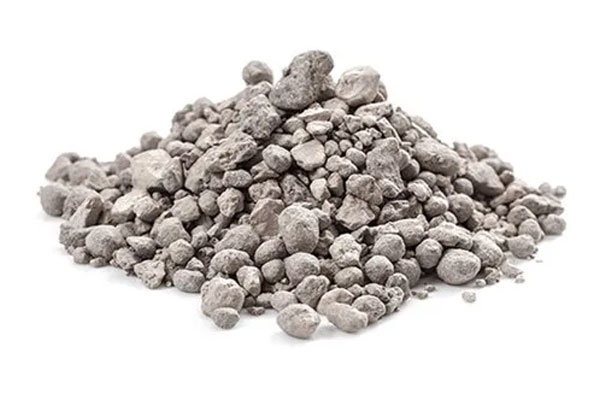
Ball Clay / Plastic Ball Clay
Ball clays or plastic clays are fine grained, highly plastic sedimentary clays, which fire to a light or near white colour. They are used mainly in the manufacture of ceramic whiteware and are valued for their key properties of plasticity, unfired strength and their light fired colour.
Ball clays exhibit highly variable compositions and consist of a mixture, primarily of kaolinite, mica and quartz, with each contributing different properties to the clay. The crystallinity of the key component, kaolinite, has a marked influence on ceramic performance.
Ball clay acts as a binding agent and contributes to plasticity, workability and strength in a pre-fired ceramic body. Some are highly valued for their fluid and casting properties, particularly in the manufacture of sanitaryware.
Ball clay are almost entirely used as ceramic raw materials for sanitaryware, wall and floor tiles and tableware. These sectors account for over 80% of total sales. It is combined with other ingredients such as kaolin, silica sand and flux and is a vital part of the mix even in small quantities.

Kaolin Clay
Kaolinite is a silicate clay mineral with the chemical composition Al2Si2O5(OH)4.
Physical properties
- High brightness
- Non-abrasive
- Naturally fine particles
- Refractory, remains white after calcination
- Weak conductivity (heat and electricity)
- Hydrophilic and easily dispersed in water
Kaolin, or 'china clay' as it is commonly called, is a hydrated aluminum silicate crystalline mineral formed over many millions of years by the hydrothermal decomposition of granite rocks. Hydrous kaolin is characterized by its fine particle size, plate-like or lamellar particle shape, and chemical inertness. Metakaolin is manufactured by the calcination of kaolin to form an amorphous pozzolanic white mineral additive for use in cement-based products. Calcined Kaolin is an anhydrous aluminum silicate produced by heating ultrafine natural kaolin to high temperatures in a kiln. The calcination process increases whiteness and hardness, improves electrical properties, and alters the size and shape of the kaolin particles.

Sillimanite
The Sillimanite, also known as fibrolite is a stone that makes you feel delightful and fortunate to be alive. Sillimanite is highly exceptional and is found in two forms to include clear and glassy, or silky, and fibrous. In the fibrous form, the crystals are long slender prisms that look like fiber due to which is also known as fibrolite. The glassy stones are the ones that are used for making gemstones in jewellery because of their beautiful appearance. The sillimanite crystal is mostly available in the colour of green, but can also be in yellow, blue, white, or brown. The sillimanite hardness ranges from 6-7 making the stone difficult to cut.
Sillimanite is one of the three polymorphs with the formula Al2SiO5 (other two being kyanite and andalusite). Sillimanite crystallizes in the orthorhombic system. Most often, it is a fibrous mineral, sometimes with radiating crystal sprays. Less often, it is columnar, massive or compact. Prismatic crystals are very rare. The fibrous character is so well developed that a sillimanite variety is called fibrolite, which resembles a group of fibers twisted together.
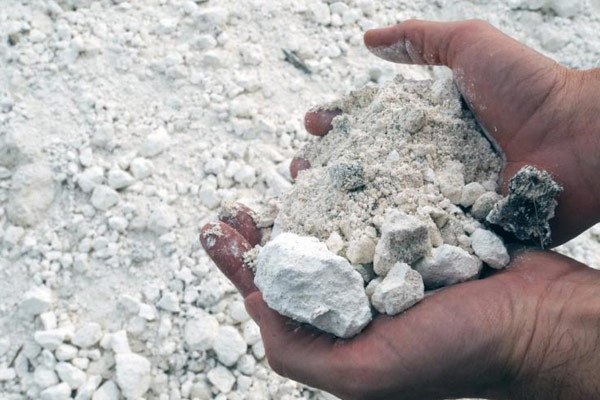
Gypsum
Gypsum is an evaporite mineral most commonly found in layered sedimentary deposits in association with halite, anhydrite, sulfur, calcite, and dolomite. Gypsum (CaSO4.2H2O) is very similar to Anhydrite (CaSO4). The chemical difference is that gypsum contains two waters and anhydrite is without water. Gypsum is the most common sulfate mineral.
Uses of Gypsum:
Gypsum uses include: manufacture of wallboard, cement, plaster of Paris, soil conditioning, a hardening retarder in portland cement. Varieties of gypsum known as "satin spar" and "alabaster" are used for a variety of ornamental purposes; however, their low hardness limits their durability.

Limestone
Limestone (calcium carbonate CaCO3) is a type of carbonate sedimentary rock which is the main source of the material lime. It is composed mostly of the minerals calcite and aragonite, which are different crystal forms of CaCO3. Limestone forms when these minerals precipitate out of water containing dissolved calcium.
This can take place through both biological and nonbiological processes, though biological processes, such as the accumulation of corals and shells in the sea, have likely been more important for the last 540 million years. Limestone often contains fossils which provide scientists with information on ancient environments and on the evolution of life.
Limestone is a raw material that is used globally in a variety of different ways including construction, agriculture and as industrial materials. Limestone is very common in architecture, especially in Europe and North America. Many landmarks across the world, including the Great Pyramid and its associated complex in Giza, Egypt, were made of limestone. So many buildings in Kingston, Ontario, Canada were, and continue to be, constructed from it that it is nicknamed the 'Limestone City'. Limestone, metamorphosed by heat and pressure produces marble, which has been used for many statues, buildings and stone tabletops.
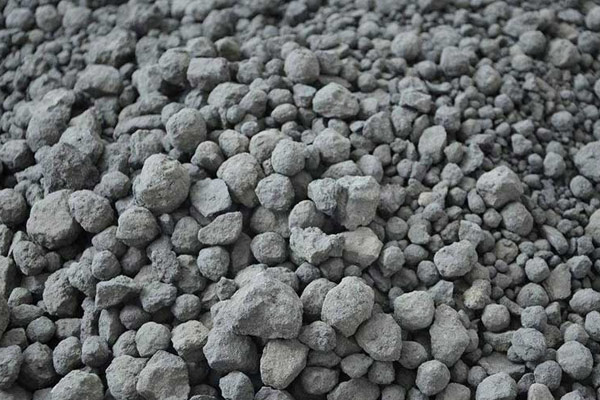
Clinker
Clinker (or Slag) is a generic name given to waste from industrial processes, particularly those that involve smelting metals, welding, burning fossil fuels and use of a blacksmith's forge, which commonly causes a large buildup of clinker around the tuyere. Clinker often forms a loose, dark deposit consisting of waste materials such as coke, coal, slag, charcoal, and grit.
Clinker often has a glassy look to it, usually because of the formation of molten silica compounds during processing. Clinker generally is much denser than coke, and, unlike coke, generally contains too little carbon to be of any value as fuel. It is also applied to the byproduct of combustion and heating by those who use Anthracite or lignite coal-fired boilers. Clinkers can occur naturally.
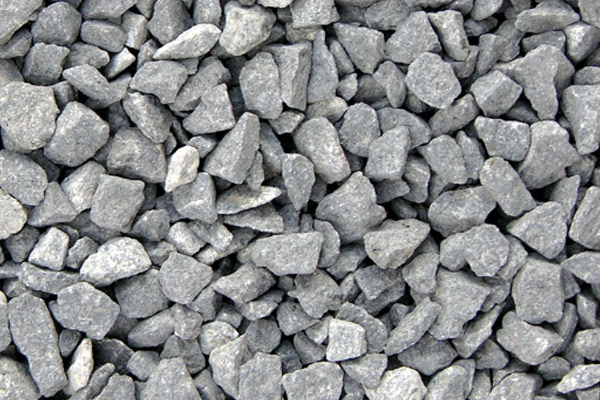
Aggregate
Aggregate, in building and construction, material used for mixing with cement, bitumen, lime, gypsum, or other adhesive to form concrete or mortar. The aggregate gives volume, stability, resistance to wear or erosion, and other desired physical properties to the finished product. Commonly used aggregates include sand, crushed or broken stone, gravel (pebbles), broken blast-furnace slag, boiler ashes (clinkers), burned shale, and burned clay.
Fine aggregate usually consists of sand, crushed stone, or crushed slag screenings; coarse aggregate consists of gravel (pebbles), fragments of broken stone, slag, and other coarse substances. Fine aggregate is used in making thin concrete slabs or other structural members and where a smooth surface is desired; coarse aggregate is used for more massive members.
